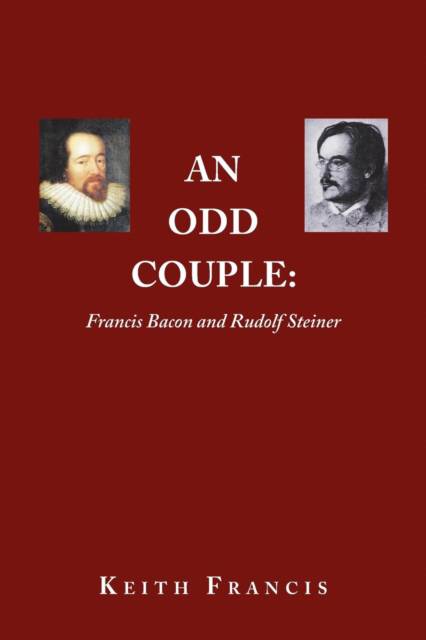
- Afhalen na 1 uur in een winkel met voorraad
- Gratis thuislevering in België vanaf € 30
- Ruim aanbod met 7 miljoen producten
- Afhalen na 1 uur in een winkel met voorraad
- Gratis thuislevering in België vanaf € 30
- Ruim aanbod met 7 miljoen producten
Zoeken
Omschrijving
Sir Francis Bacon (1561-1626)-English statesman, jurist, and philosopher-created a blueprint for the spiritual and scientific rebirth of humanity. Rudolf Steiner (1861-1925)-Austrian philosopher and seer-had the same ideal but proposed a path of knowledge that could hardly be more different from Bacon's. Bacon and Steiner were remarkable characters, but even more remarkable is the clash that took place between them across a gap of three centuries. According to Steiner, Bacon was programmed by his spiritual handlers, from ancient times and through previous incarnations, to become the chief architect of an inhuman, diabolical technological society. Could this really be so, or was Steiner radically mistaken? Is it possible that Steiner was motivated as much by animus as by insight? Bacon, of course, didn't say anything about Steiner, but he did provide a great deal of material that bears on the questions raised by the Austrian. In tackling these problems, Keith Francis deals with issues that seem never to have been confronted by Steiner's followers. He gives historical contexts for both men, reports on their scientific philosophies, and to illuminate the whole situation, takes the reader on a journey from the pre-Socratic thinkers of ancient Greece to the post-Newtonians of modern Europe, visiting Arabian philosophers and European scholastics along the way.
Specificaties
Betrokkenen
- Auteur(s):
- Uitgeverij:
Inhoud
- Aantal bladzijden:
- 230
- Taal:
- Engels
Eigenschappen
- Productcode (EAN):
- 9781532058615
- Verschijningsdatum:
- 30/10/2018
- Uitvoering:
- Paperback
- Formaat:
- Trade paperback (VS)
- Afmetingen:
- 152 mm x 229 mm
- Gewicht:
- 312 g

Alleen bij Standaard Boekhandel
+ 33 punten op je klantenkaart van Standaard Boekhandel
Beoordelingen
We publiceren alleen reviews die voldoen aan de voorwaarden voor reviews. Bekijk onze voorwaarden voor reviews.











